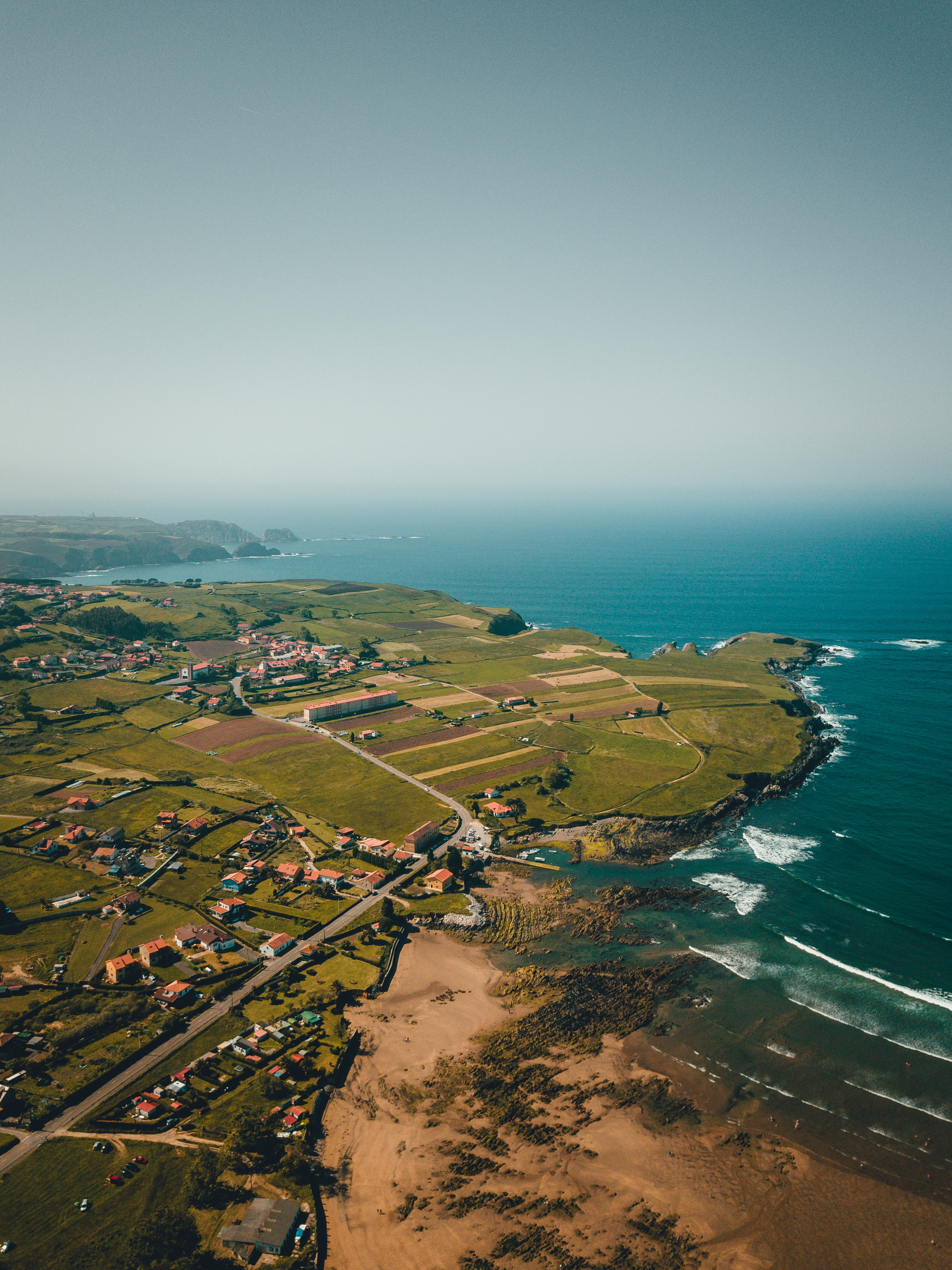Ensuring a just transition requires a common point of intersection where all stakeholders – from policymakers, to businesses and civil society – can meet and discuss approaches and strategies. In the European Union (EU), Member States can leverage the Just Transition Platform which allows them to tap into support made available through the Just Transition Mechanism and Just Transition Fund.
The Just Transition Mechanism was proposed by the EU in 2021 as part of its Green Deal initiative. Its purpose is to make funds available to those communities and sectors most affected by the transition to a low carbon economy. Although other countries and regions have developed other mechanisms to ensure a just transition, the EU’s is considered a benchmark of how to implement policy support for a just transition and sets a clear example of strategies that can be used to ensure that climate friendly policies do not disproportionately burden certain groups.
We must show solidarity with the most affected regions in Europe, such as coal mining regions and others, to make sure the Green Deal gets everyone’s full support and has a chance to become a reality.
Frans Timmermans, Executive Vice-President of the European Commission
As part of the Mechanism a Just Transition Fund was set up, expected to generate 25.4 billion EUR in investments, and the innovative Just Transition Platform was also created, which provides a single access point and helpdesk to assist EU countries and regions in the transition. Because, ensuring a Just Transition requires teamwork and collaboration across regions, sectors and interest groups.
From providing a space where best practices can be shared to information about the funds available and regulatory updates the Platform has proven to be a vital cog in the EU’s efforts.
A recent study analyzing the effectiveness of the Just Transition Fund looked at three case studies that were supported by the Initiative for Coal Regions in Transition (the Framework’s precursor) and assessed them with the just transition framework in mind to see if past issues would be overcome with the new approach.
The study revealed that the most prominent justice issues found were distributive and procedural due to scarce funding and a lack of stakeholder participation, issues that the Just Transition Platform could potentially help bridge.
The Just Transition Platform puts people and communities at the centre of the transformation, by listening to their aspirations and giving them the tools to realise their ideas.
Elisa Ferreira, Commissioner for Cohesion and Reforms
A balancing act
Finding the right balance between environmental concerns and social justice is at the core to any just transition. This process starts with identifying impacted communities, regions and industries that will face the most severe impacts of the transition.
A common example is the fossil fuel industry and finding ways to provide workers with new skills and alternative employment. In fact, the Just Transition Platform continues where the Initiative for Coal Regions in Transition left off, supporting fossil fuel producing regions across the EU in achieving a just transition through tailored, needs-oriented assistance and capacity-building.

Through biannual meetings that bring together all stakeholders, which include thematic sessions and networking events, EU stakeholders can learn from each other. In the most recent meeting in Brussels, the 8th edition which was held in late October 2023, the hybrid event brought together over 200 attendees and a further 400 online participants. Key topics such as the Just Transition process, energy storage, the role of universities in the transition, and how communication can help to make it more just were the order of the day.
Executive Vice-President of the European Commission, Maroš Šefčovič, opened the main conference with a video speech, setting the scene for the first JTP Conference since he began overseeing the European Green Deal:
“Your regions will be pivotal [in the green transition] – not only because we must ensure this transition is fair for all workers and communities, but also because carbon-intensive regions are home to the industries that deliver critical materials needed for the transition, and coal regions are well placed to become clean energy powerhouses, as they have the right knowledge, skills and infrastructure.”
The 8th edition brought representatives from regions where the Just Transition Mechanism has been implemented, including Taranto in Italy, so that other transition areas could learn from their experiences, including on aspects such as timeframes, skills shortages, reskilling and communication, among others was a key .
For example, the Taranto province has had to deal with the presence of the largest steel mill of Europe, the Acciaierie d’Italia (former Ilva). Transitioning the steel industry to new business models, renewable energy and green hydrogen use, and retraining are key issues that the representatives in the region discussed in Brussels.
With regards to workers the taranto region provides a key example of the complex nature of these transitions. One third of industrial workers in the Taranto province are employed in the steel sector, and they have had access to the Just Transition Fund to support the retraining of 4,300 workers for green jobs linked to the clean energy transition and circular economy.
The unique experiences and know-how of regions that have gone or are undergoing a just low carbon transition could prove invaluable to other areas undergoing similar processes. In this way, the Just Transition Platform is providing a key space for the just transition in Europe to take shape, spread as fast as possible and learn from past mistakes.






